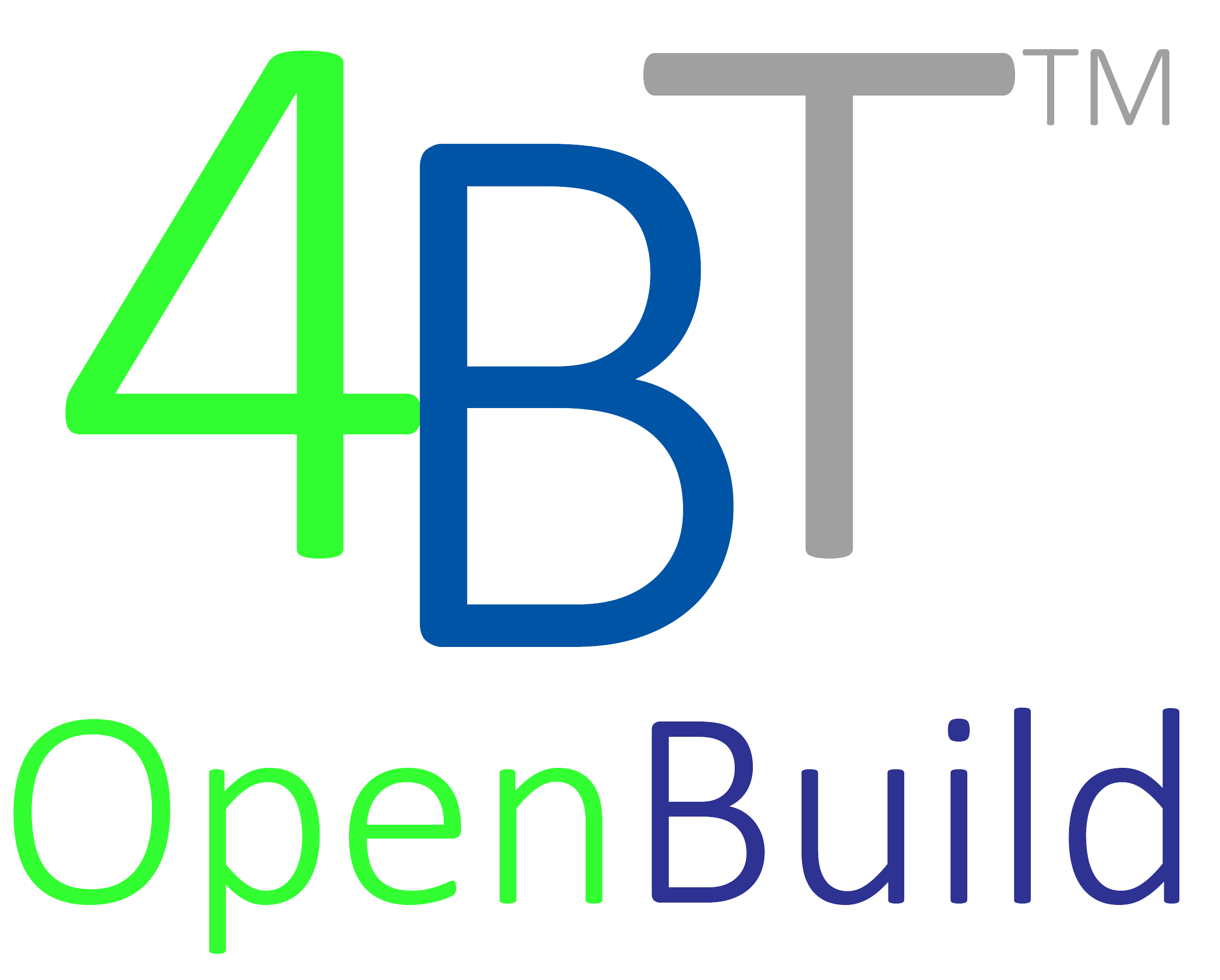Real property owners must meet the challenges of sustainable building lifecycle mangement, continuous improvement, waste elimination, a stronger focus on the user, the need to increase the value for money coupled with high quality project management and improved supply chains and communications.
Traditional “project devlivery methods”, design-bid-build, design-build… are limited and have low sustainability as they do not fully address aspects of people’s individual and collective behaviors.

ROBUST PRACTICES IMPROVE SUSTAINABLE LIFE CYCLE MANAGEMENT OF BUILDINGS
Sustainable lifecycle building management requires:
– Integrated Planning, Procurement, and Project Management Teams
– Owner Leadership, Capacity, and Commitment
– Common Data Environment – (Example: Objective, Current, Granular, and Locally Researched Labor, Material, and Equipment Costs and Tasks)
– Adoption and Continuous Improvement of robust Integrated Project Delivery frameworks, including collaborative Job Order Contracting (https://lnkd.in/gDZ8j_Pt).
Collaborative repair, renovation, maintenance, and new construction, sustainability and the life cycle management of buildings are interrelated.
hashtag#sustainable hashtag#buildings hashtag#management hashtag#facilitiesmanagement hashtag#lifecycle hashtag#costs hashtag#costmanagement hashtag#projectmangement hashtag#costdata
BUILDING LIFECYCLE ELEMENTS – Social, Economic, Environmental
1. Definition of physical and funtional needs including environmental needs and project
requirements (users) / Project Requirements Development.
2. Definition of planning, procurement, and project delivery execution methods and teams;
4. Construction
5. Use, operation and maintenance of the building; and
6. Demolition/Reuse